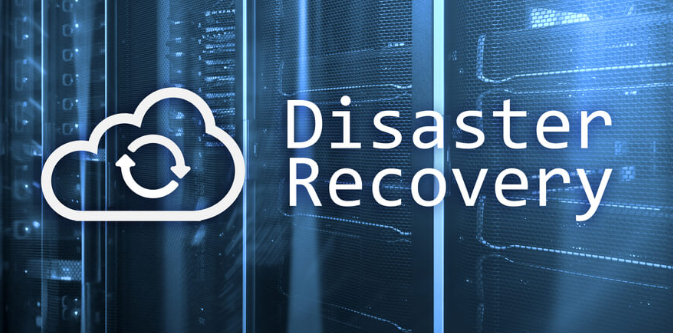
Disaster Recovery (DR) governance management is a critical framework that ensures organizations can effectively plan, implement, and oversee disaster recovery strategies to maintain business continuity in the face of disruptions. Here’s an overview of key components:
1. Governance Framework
- Policy Definition: Establish clear policies and objectives for disaster recovery aligned with business needs and regulatory requirements.
- Stakeholder Roles: Define roles and responsibilities for governance teams, IT staff, and business leaders.
- Compliance and Risk Management: Ensure alignment with legal, regulatory, and industry standards (e.g., ISO 22301, GDPR).
2. Disaster Recovery Plan Development
- Risk Assessment: Identify potential risks (natural disasters, cyberattacks, human errors) and their impact.
- Business Impact Analysis (BIA): Prioritize critical systems and processes, identifying acceptable downtime (RTO) and data loss (RPO).
- Plan Creation: Develop step-by-step recovery procedures for IT systems, data, and infrastructure.
3. Implementation Oversight
- Resource Allocation: Ensure availability of required tools, systems, and personnel.
- Backup Strategies: Define robust data backup policies, including frequency, encryption, and off-site/cloud storage.
- Technology Investments: Manage DR technologies like failover systems, cloud-based DR solutions, and automation tools.
4. Monitoring and Testing
- Testing and Simulations: Conduct regular DR drills (tabletop exercises, full-scale simulations) to validate the plan’s effectiveness.
- Performance Metrics: Track metrics like recovery success rates, downtime durations, and adherence to RTO/RPO.
- Continuous Monitoring: Use monitoring tools for early detection of potential issues.
5. Audit and Compliance
- Regular Audits: Evaluate DR policies and practices against regulatory and internal standards.
- Reporting: Document audit findings, lessons learned from tests, and DR plan updates.
- Stakeholder Communication: Keep executives and regulatory bodies informed about DR readiness.
6. Training and Awareness
- Employee Training: Conduct ongoing training for IT teams and business users to understand their roles in DR scenarios.
- Awareness Campaigns: Promote understanding of DR policies throughout the organization.
7. Continuous Improvement
- Feedback Loop: Incorporate lessons learned from DR activations, tests, and external events.
- Plan Updates: Revise the DR plan regularly to address emerging threats and business changes.
- Technology Evolution: Adapt governance frameworks to include innovations like AI, edge computing, or multi-cloud strategies.
Disaster Recovery governance management ensures resilience, protects organizational assets, and minimizes downtime, reinforcing confidence among stakeholders and customers.
Comments are closed